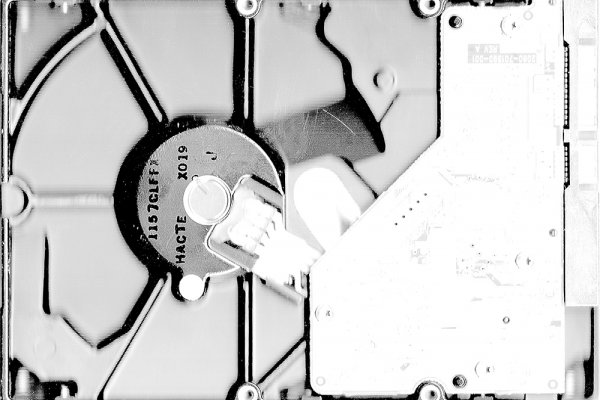With the technical possibilities, the amount of data is also increasing exponentially: while previously one single photo was enough, now picture albums are uploaded. While not very long ago a few megabytes were enough, it is now the terabyte that is a common memory size. Never before in history has mankind produced such a density of data, and apparently the question of their meaningfulness has been excluded – discarded in some storage media that cannot archive them, neither totally or over a longer period of time.
We collect data – at least that’s what we think we are doing. Yet collecting means selecting. Each good collection is based on a consistent and concentrated selection process, whose criteria can vary: historical, economic, specialist or simply personal motifs. They enable us to filter the objects and information that are relevant to us – that is those that have value – out of the flotsam of history in order to salvage them from oblivion. Against one single arte(fact) there are many that have to be discarded – this selection is an important cultural achievement. If it is absent, we lose the ability to collect and start to hoard.
The selective collecting of objects, information, memories and facts constitutes the substrate which enables the human development in the first place. While natural evolution takes place only according to principles that can only be marginally influenced by humans, the further development of nature requires the viewing and reflexive processing of these data. The problematics, risks and side-effects of such a process are known. Selection criteria are subjective and marked by biased intentions. On the one hand events are neglected or are brushed under the carpet, on the other hand they are unduly emphasised. In order to act responsibly, the ability to take decisions is required. Deciding means selecting – selecting means collecting.
The global corporations and intelligence agencies have very much learnt to collect. The algorithms and programmes that compare the data we have produced, filter them and relate and evaluate them, are sophisticated and precise. So meanwhile it is no problem to create exact profiles of people who use digitally networked systems, based on the traces they leave behind – and this is what we practically all do, no matter whether we are phoning or ordering a ticket online. Trade in these data is lucrative, and together with the profits from the utilisation of this information it is a billion-dollar business.
In parallel, the completely unanalysed accumulation of data in the social networks, on Twitter, Youtube, Flickr or related platforms, is taking place. Personal information is willingly fed in and multiplied through Likes and Shares. Their only parameter seems to be their quantity, since through it, the density of one’s own networking, i.e. its relevance, is increased.
In contrast it has become virtually impossible to delete information once it has been fed into this global memory machine, even though it arrived there unintentionally, is no longer relevant or was deliberately placed into the web to harm somebody.
The practicability of filing systems that are independent of devices, with their capability for synchronisation – seemingly relieved of gravity as in the metaphor of the Cloud – allows us to forget that data develop a life of their own as soon as they enter a networked system. And whatever has not been brought to light by hacks beforehand, will remain rubbish on our discarded hardware as undeletable data that can be reconstructed until it is completely physically destroyed.
But what is worth preserving in this flood of information? What do we want to secure and thus save and preserve? And how is it possible to delete information that we do not need (want) any longer, for good?
Between these two large questions under the title What Remains the field extends that is concerned with loss and the (possible) continuation of our current history. In a co-production by esc media art laboratory, kunst@werk and steirischer herbst, the invited artists question and analyse the transmission and transfer of knowledge or insight and thus analyse the possibilities both of the (technical) media that serve to store them, as well as the underlying political, social and economic interests that influence them.






